Curious Questions: Why do we eat hot cross buns at Easter?
Annunciata Elwes traces the curious history of the hot cross bun in Britain.


'This is the season at which all good Christians devour hot cross buns for breakfast, under the comfortable impression that a religious duty is being performed.'
So stated the magazine Figaro in London in 1836. Despite the enduring popularity of the hot cross bun — Tesco alone sell 70 million by the end of Easter weekend — it's doubtful that any person today savouring a toasted and buttered one at breakfast, teatime or at any other time for that matter much considers the godliness of their action.
Traditionally eaten on Good Friday to commemorate the Crucifixion, hot cross buns found an enemy in Elizabeth I, who, in 1592, finding too much Popery in their popularity, banned their consumption except on specific holidays. The embargo was eventually lifted and, by the 1700s, sweet, spicy, fruity buns were sold on the streets of towns and cities with the familiar cry of ‘one a penny, two a penny' (a penny bought you a large bun or two small ones).
They were first recorded in the 1773 Poor Robin's Almanack, which seems rather late considering that, in the 14th century, a monk in St Albans is said to have distributed them among the needy.
Looking even further back, some have claimed that loaves marked with a cross found at Herculaneum are the original precursors to hot cross buns. It's technically possible that this was a commemorative act – Christ had been nailed to the cross half a century earlier after all, and some claim that there were Christians in Pompeii by AD79 – but it's likely they were incised in this way to make them easier to break apart.
Whatever the truth of it, we know for certain that crossed buns were eaten by the Saxons to honour Eostre, celebrated in April, whose name, according to the Venerable Bede, is the origin of the word Easter. For Eostre, goddess of the dawn and fertility, the cross symbolised the four quarters of the Moon. As was often the case, a Christian tradition was stamped on top of a pagan festival, turning Eostre's feast into a celebration of Christ. And so the cross atop the bun came to stand for not only the Crucifixion, but also the intersection of the Earth (horizontal) with Heaven (vertical) — the human and the divine.

Later enthusiasts included, unsurprisingly, Samuel Pepys, who enjoyed a hearty ‘Lenten supper' of buns washed down with ale, and Dr Johnson, who, on Good Friday in 1783, sensibly breakfasted on ‘tea without milk, and... a cross bun to prevent faintness'. Whether Dr Johnson concerned himself with the pious nature of his repast, or with the myriad superstitions surrounding the sticky confections, is unknown.
Exquisite houses, the beauty of Nature, and how to get the most from your life, straight to your inbox.
These included the practice of sharing a bun to ensure lasting friendship (‘Half for you and half for me,/Between us two shall goodwill be'), taking a bun to sea to prevent shipwreck and, most common of all, hanging a bun in the kitchen for a year to bring luck (and, hopefully, not too many flies), hence:
Good Friday comes this month the old woman runs With one or two a-penny hot cross buns, Whose virtue is, if you believe what's said, They'll not grow mouldy like the common bread.
There exists, in Essex, a hot cross bun that was baked more than 200 years ago, in 1807, and another in London is dated 1821, giving credence to the belief that a bun baked on Good Friday doesn't decay, although Lord (or perhaps Eostre) knows why.
Other superstitions are more rom-antic: in 1855, The Illustrated London News recorded: ‘Young ladies are fond of preserving hot-cross buns. They puncture the date on its back with pins, and put it away, like a bag of lavender, in their drawers. Whoever keeps one of these mealy treasures for an entire twelvemonth is sure, it is said, to get married the next.' Perhaps the way to a man's heart really is through his stomach?
Although their price has increased considerably over the past few centuries, hot-cross buns have, thankfully, stayed the same. Today, as in 1836, ‘the little boys devour hot cross buns with a most sacred Gusto, which shows that... the youth of the present day are the very best performers of the religious duty'.
This article was originally published in 2019
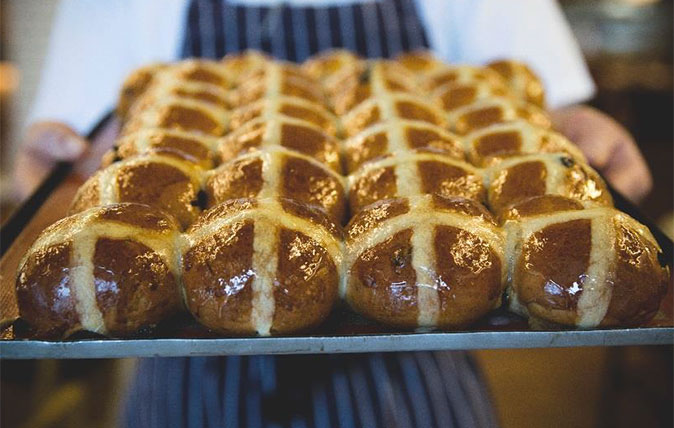
Credit: Hot Cross Buns - as made by Tom Aikens
How to make perfect hot cross buns, using Tom Aikens’ recipe
Tom Aikens, founder of Tom's Kitchen, shared his recipe with Country Life.

Hot cross bun bread and butter pudding
Easter is just around the corner, and if you find yourself with leftover hot-cross buns on your hands that have
Annunciata is director of contemporary art gallery TIN MAN ART and an award-winning journalist specialising in art, culture and property. Previously, she was Country Life’s News & Property Editor. Before that, she worked at The Sunday Times Travel Magazine, researched for a historical biographer and co-founded a literary, art and music festival in Oxfordshire. Lancashire-born, she lives in Hampshire with a husband, two daughters and a mischievous pug.
-
 Picture round: Guess the animal in today's Country Life Quiz of the Day, November 6, 2025
Picture round: Guess the animal in today's Country Life Quiz of the Day, November 6, 2025In today's quiz we're asking you to guess the names of these lesser-known animals.
-
 Bunny Mellon: The Truman Capote ‘Swan’, muse and horticulturalist whose creations for The White House were recently lost forever
Bunny Mellon: The Truman Capote ‘Swan’, muse and horticulturalist whose creations for The White House were recently lost foreverAs Tiffany & Co. pay homage to Bunny Mellon with a new Bird on a Rock collection, Owen Holmes takes a look at the most iconic garden designs of this heiress-horticulturist, from her Virginia estate to the White House to Versailles.
-
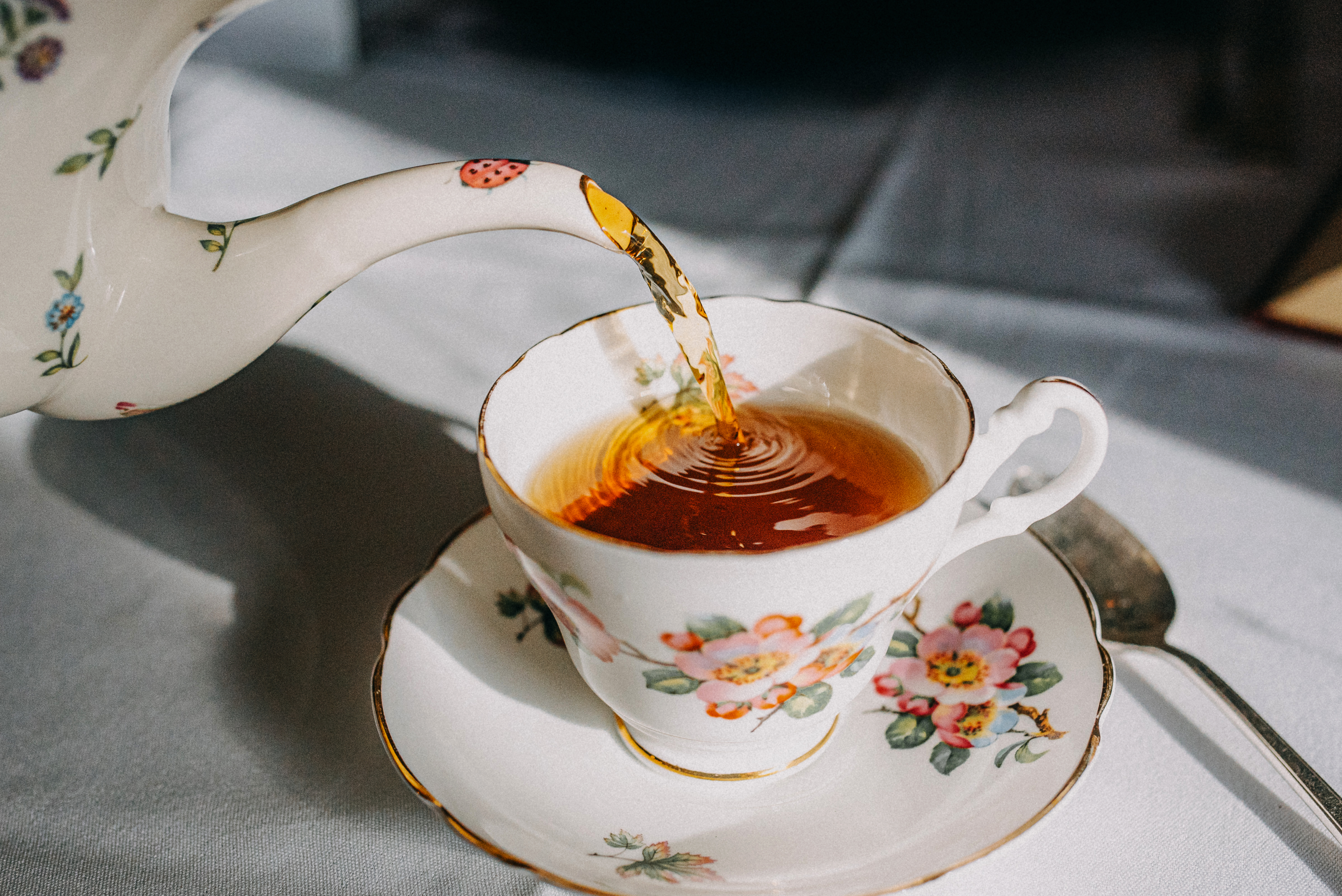 11 golden rules for making a perfect cup of tea
11 golden rules for making a perfect cup of teaWe drink tea every day, but are we doing it correctly? Who decided on the rules and do they really matter? Jonathon Jones reveals all.
-
 Curious Questions: What is the greatest April Fool's prank ever played?
Curious Questions: What is the greatest April Fool's prank ever played?As April 1 looms, Martin Fone tells the tale of one of the finest stunts ever pulled off.
-
 Curious questions: Why do we use Seville oranges to make marmalade?
Curious questions: Why do we use Seville oranges to make marmalade?Why do we use Seville oranges to make marmalade when there are more than 400 other varieties available worldwide? And do they really make the best preserve? Jane Wheatley investigates.
-
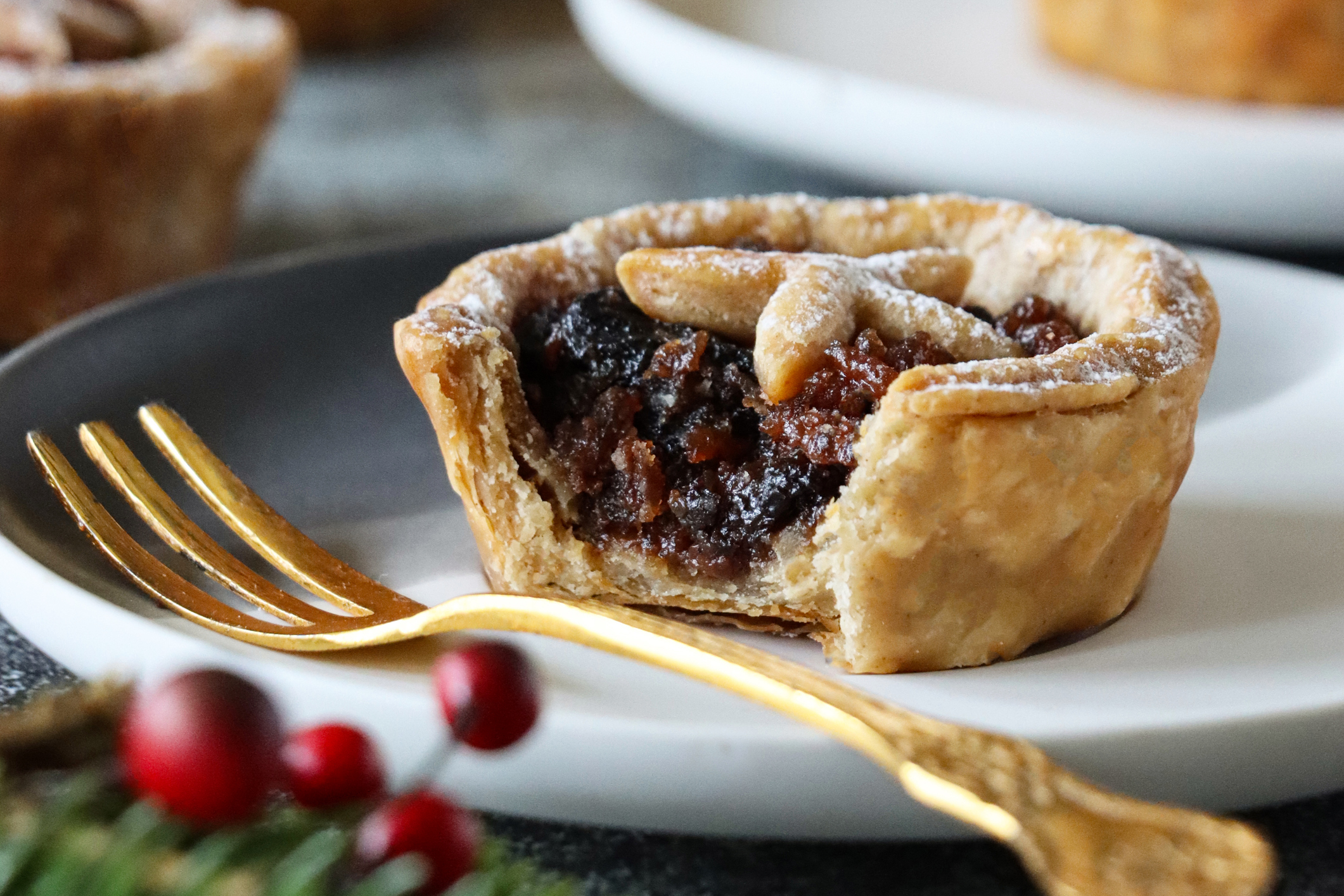 Mince pies really did once contain meat — and this Victorian recipe will convince you that they should to this day
Mince pies really did once contain meat — and this Victorian recipe will convince you that they should to this dayOnce packed with meat, such as ox tongue and mutton, alongside dried and candied fruit and extravagant spices, the mince pie is not what it once was — and food historian Neil Buttery says that's made them worse.
-
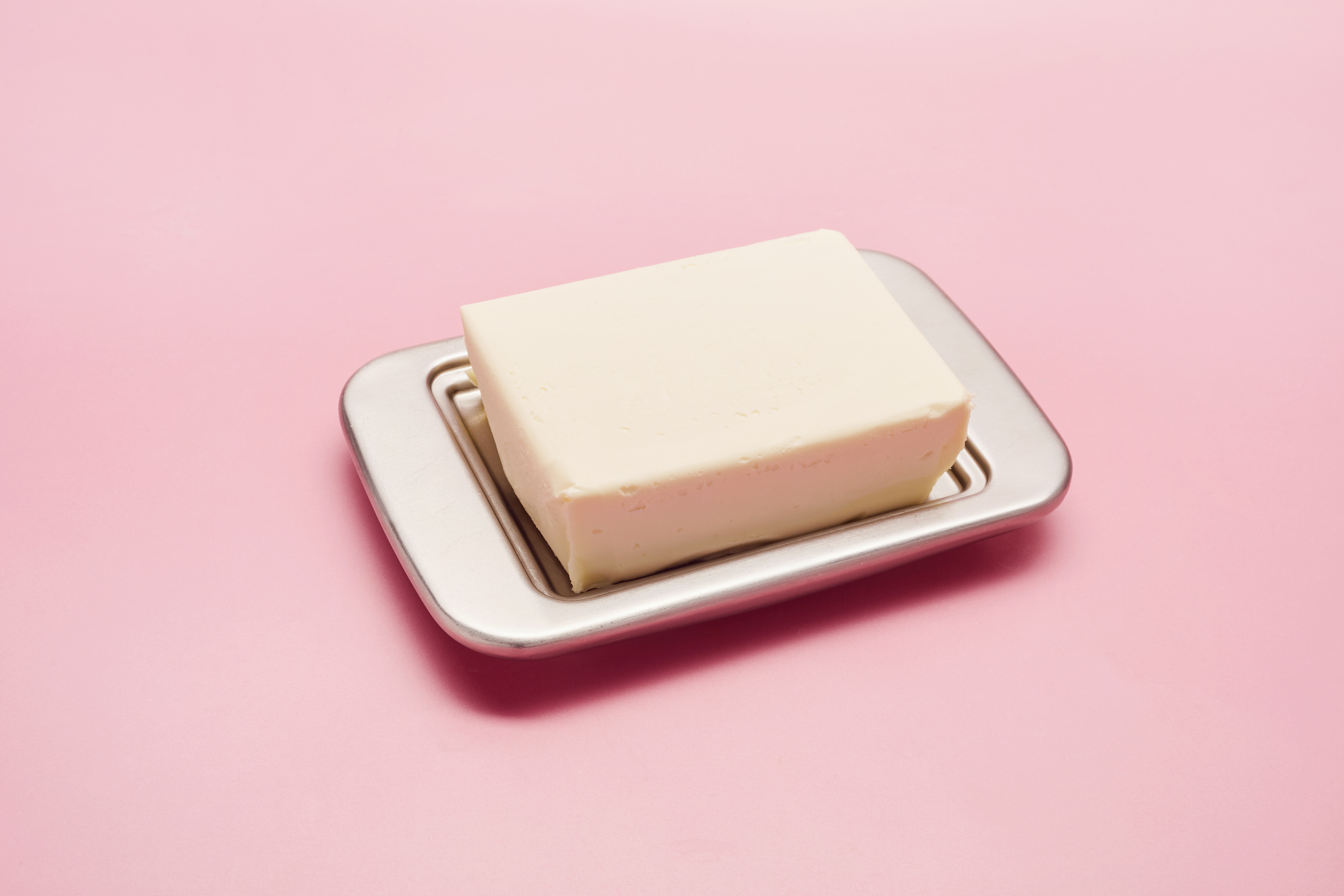 Curious Questions: Margarine used to be pink — but why?
Curious Questions: Margarine used to be pink — but why?Margarine has been a staple of our breakfast tables for over a century, but it hasn't always had a smooth ride — particularly from the dairy industry, who managed to impose a most bizarre sanction on their easily-spreadable, industrially mass-produced rival. Martin Fone explains.
-
 Curious Questions: Wine has been made in Britain for over 1,000 years — so why have we only just turned it into an industry?
Curious Questions: Wine has been made in Britain for over 1,000 years — so why have we only just turned it into an industry?With the UK wine industry booming, Martin Fone takes a look at its history.
-
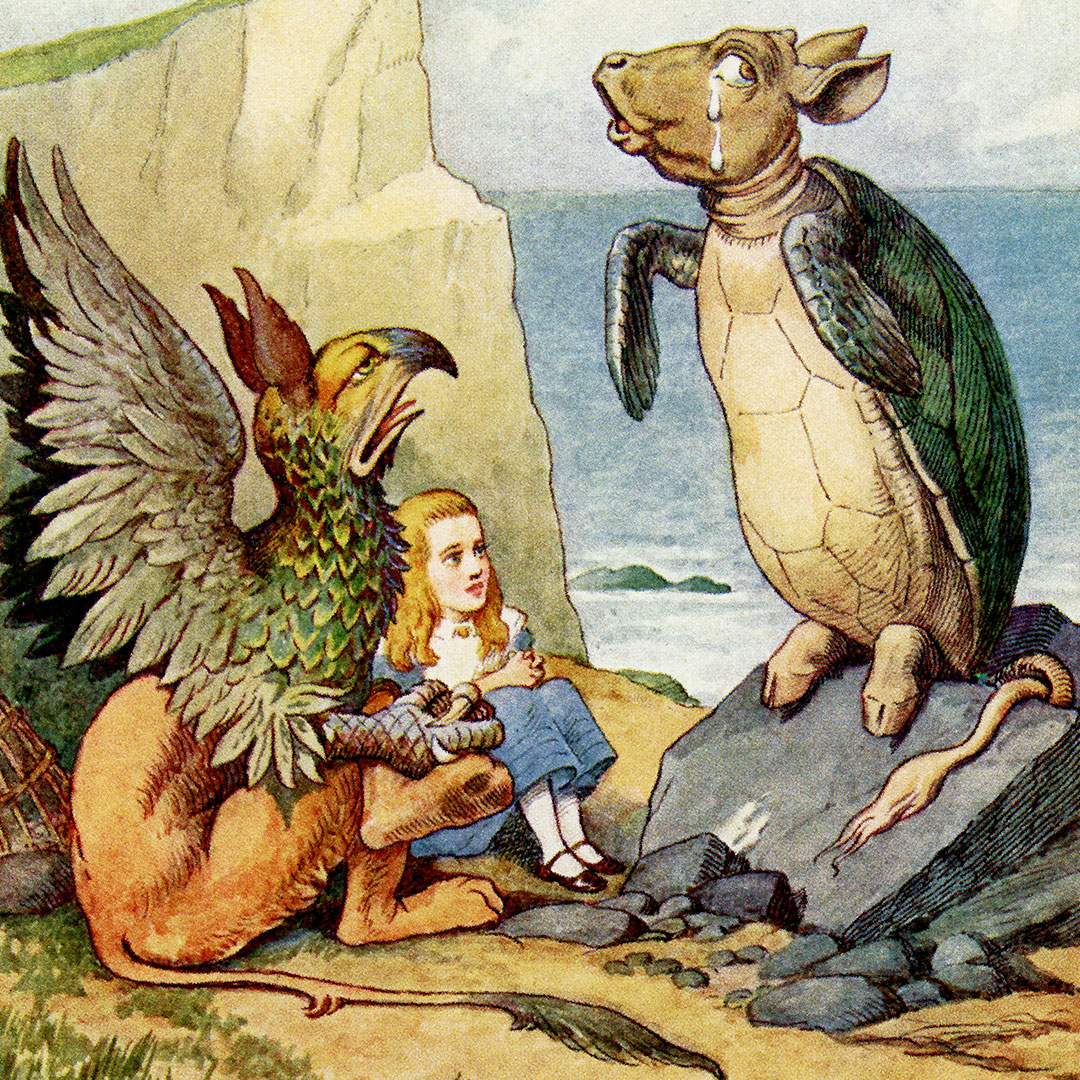 Curious Questions: What is mock turtle soup? And did it come before or after 'Alice in Wonderland'?
Curious Questions: What is mock turtle soup? And did it come before or after 'Alice in Wonderland'?Martin Fone delves into the curious tale of an iconic Victorian delicacy: mock turtle soup.
-
 A game of two halves — how the sandwich went from humble fare to a country-wide lunchtime obsession
A game of two halves — how the sandwich went from humble fare to a country-wide lunchtime obsessionWhat started life as a way to eat and play cards at the same time (so the story goes) is now the lunch of choice for the working world.
